Late medieval motet texts are brimming with chimeras, centaurs and other strange creatures. In The Monstrous New Art, Anna Zayaruznaya explores the musical ramifications of this menagerie in the works of composers Guillaume de Machaut, Philippe de Vitry, and their contemporaries. Aligning the larger forms of motets with the broad sacred and secular themes of their texts, Zayaruznaya shows how monstrous or hybrid exempla are musically sculpted by rhythmic and textural means. These divisive musical procedures point to the contradictory aspects not only of explicitly monstrous bodies, but of such apparently unified entities as the body politic, the courtly lady, and the Holy Trinity. Zayaruznaya casts a new light on medieval modes of musical representation, with profound implications for broader disciplinary narratives about the history of text-music relations, the emergence of musical unity, and the ontology of the musical work.
Anna Zayaruznaya is an Assistant Professor in the Department of Music at Yale University. Her research brings the history of musical forms and notation into dialogue with medieval literature, iconography, and the history of ideas. Her work has appeared in the leading journals of her field, including the Journal of the American Musicological Society and the Journal of Musicology. Her study of musical voice-crossings used to depict the action of the goddess Fortune in the motets of Guillaume de Machaut was awarded the 2011 Van Courtlandt Elliott Prize by the Medieval Academy of America. She has also received awards and fellowships from the American Musicological Society, the Institute for Advanced Study, Princeton, and the Radcliffe Institute of Advanced Studies at Harvard University, where she was a fellow in 2013–14.
|
